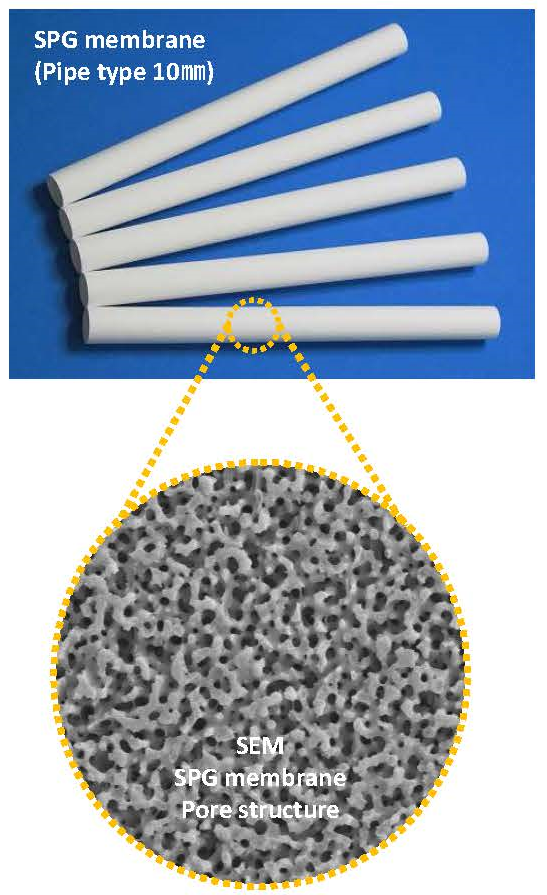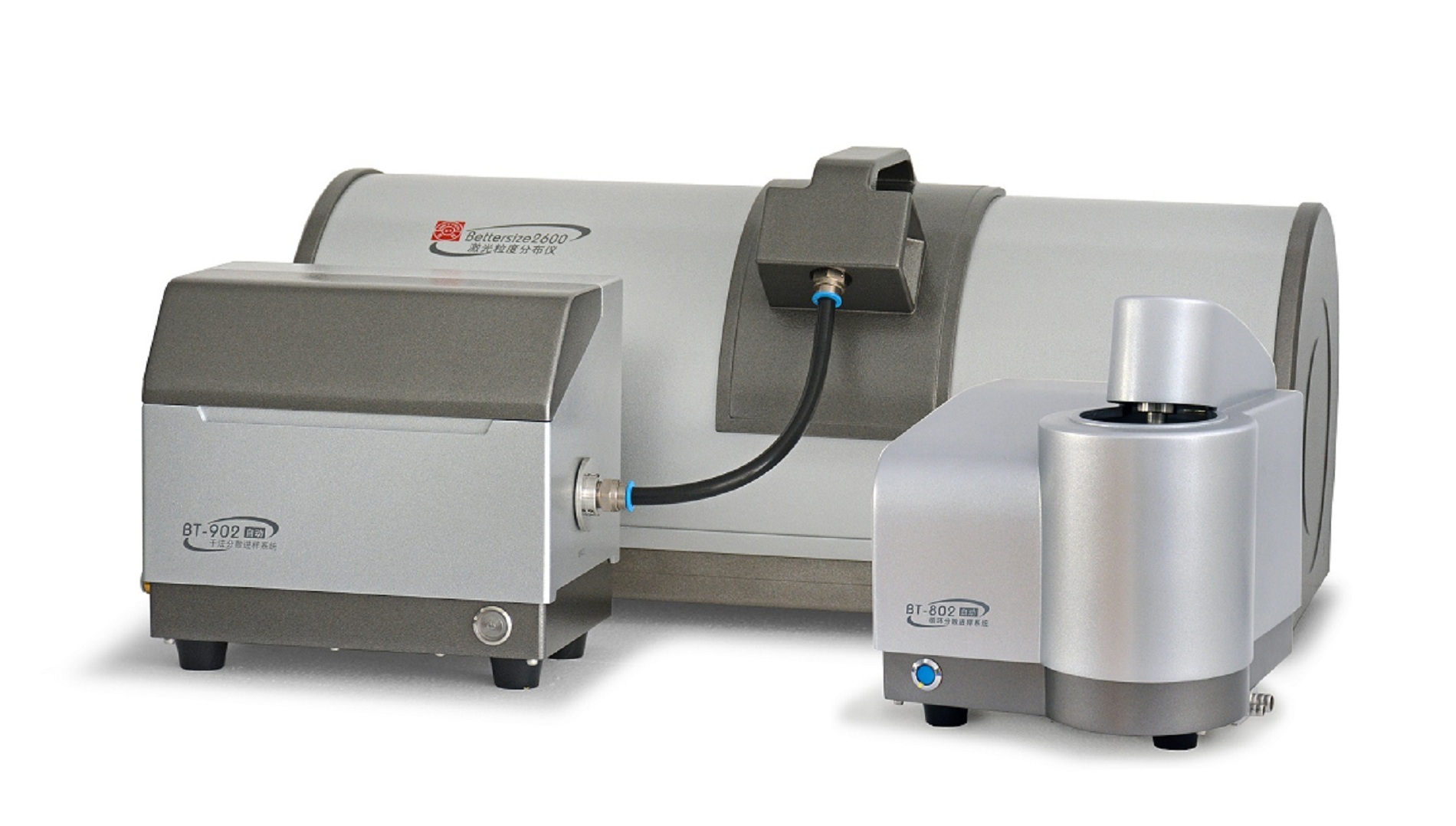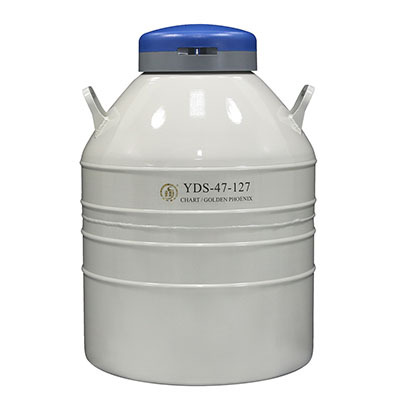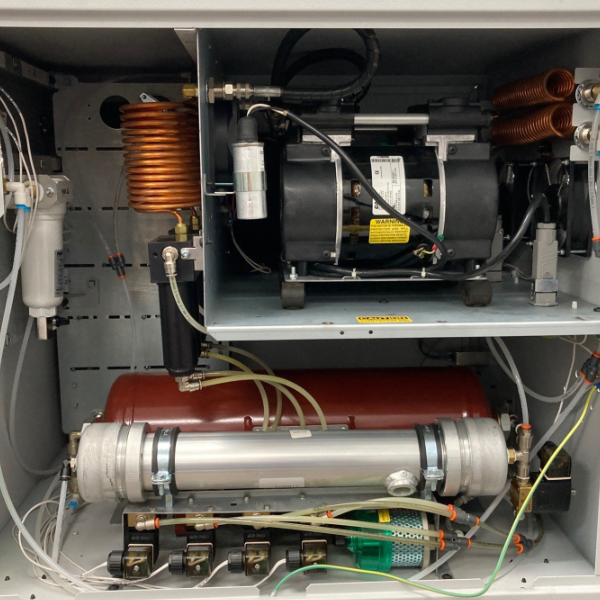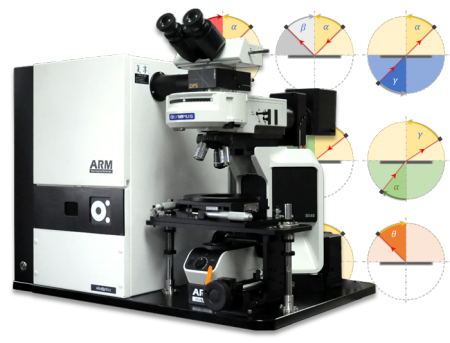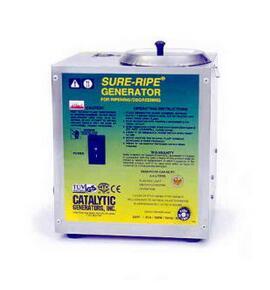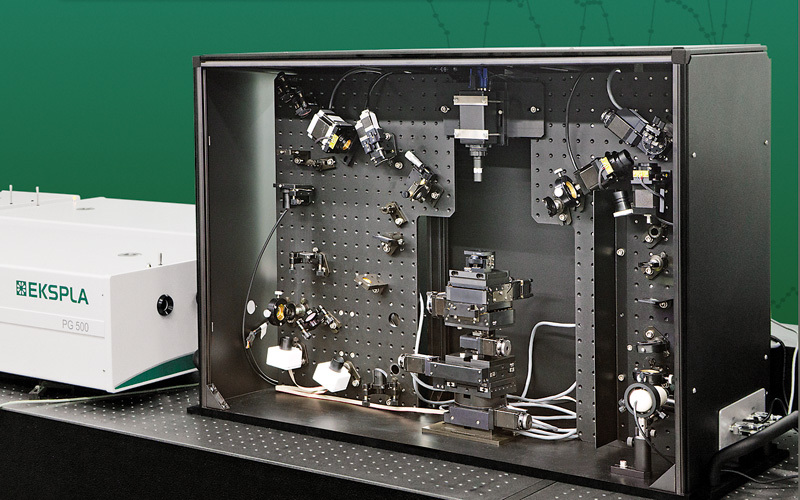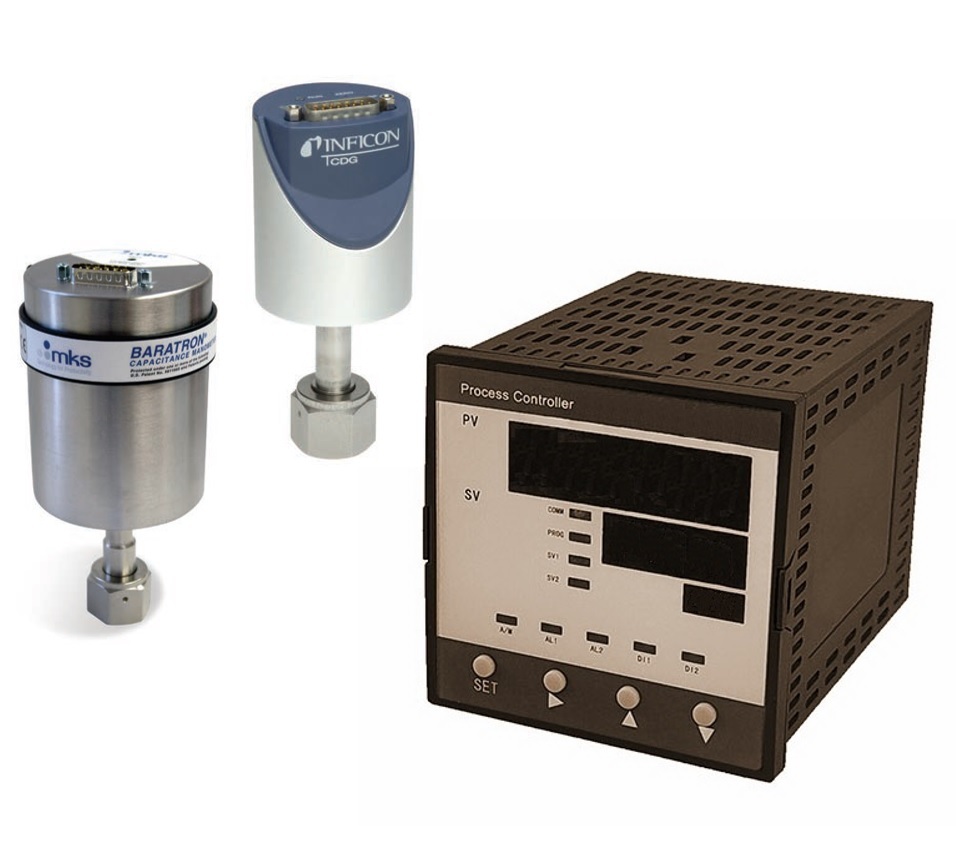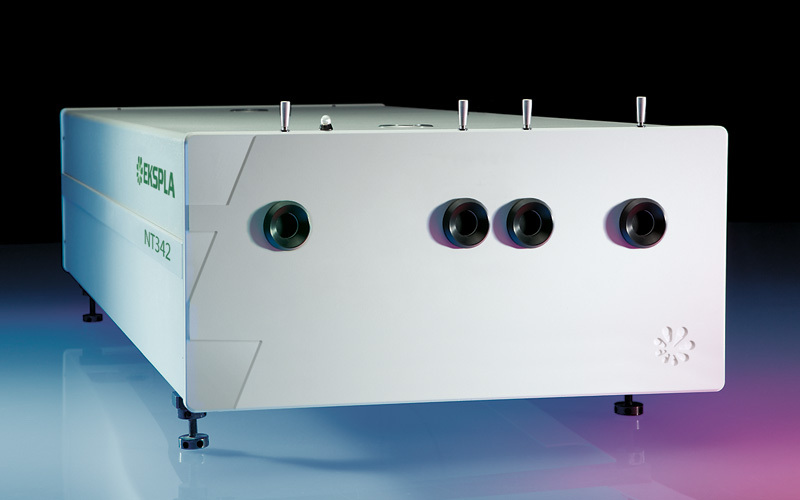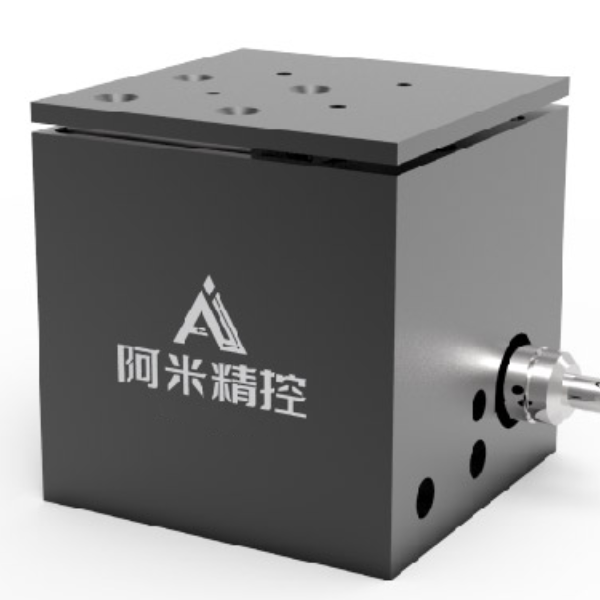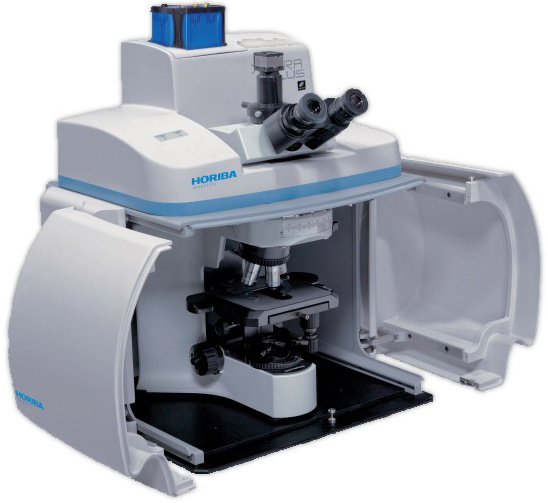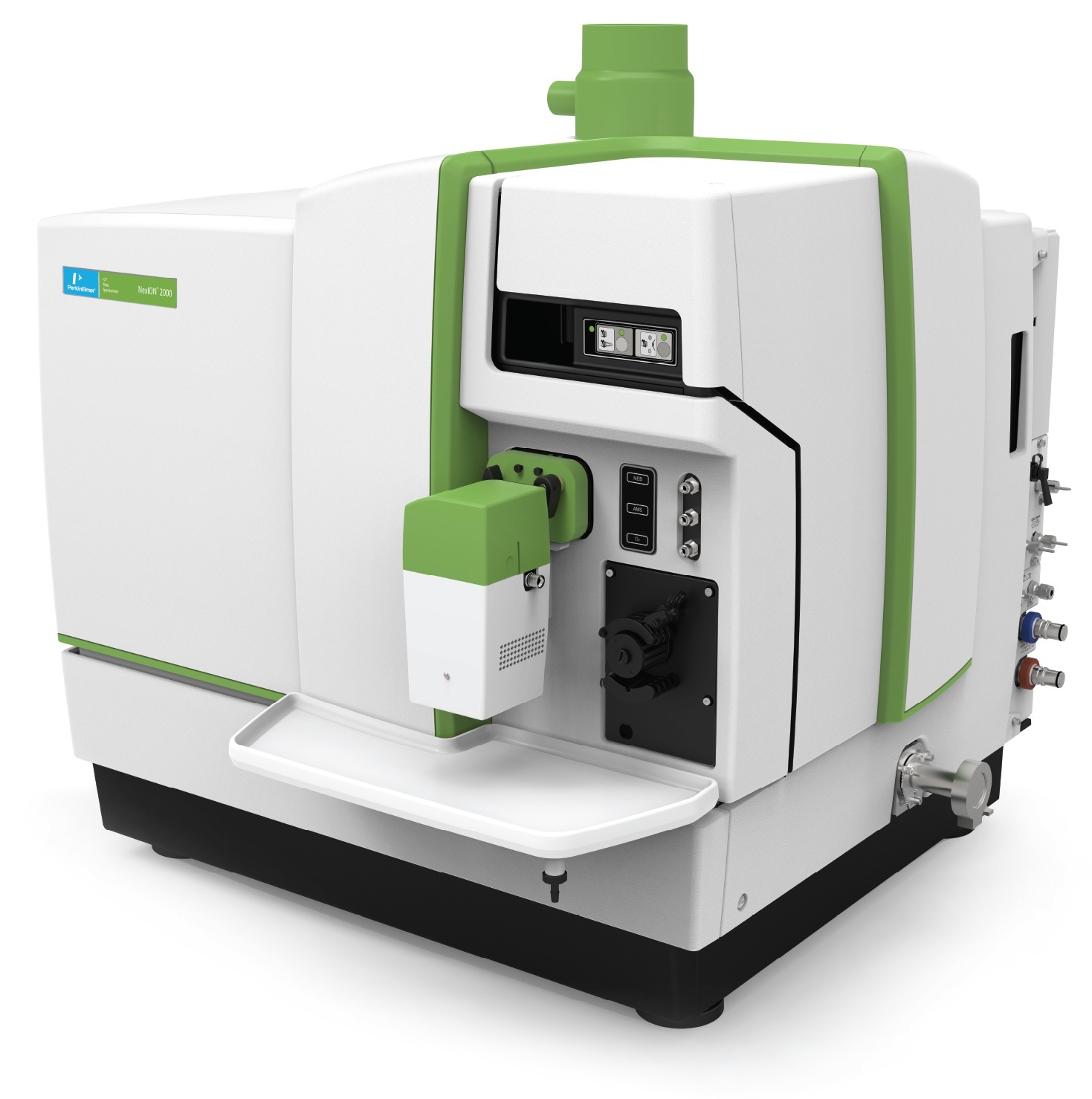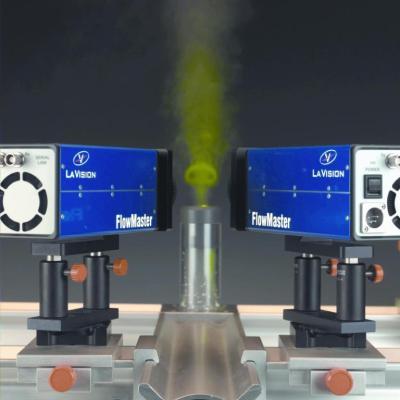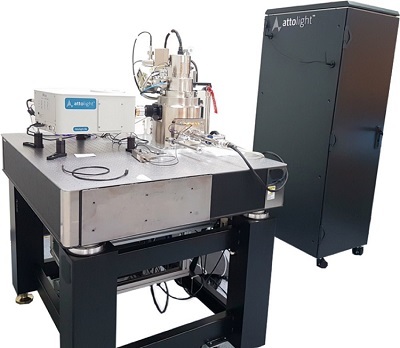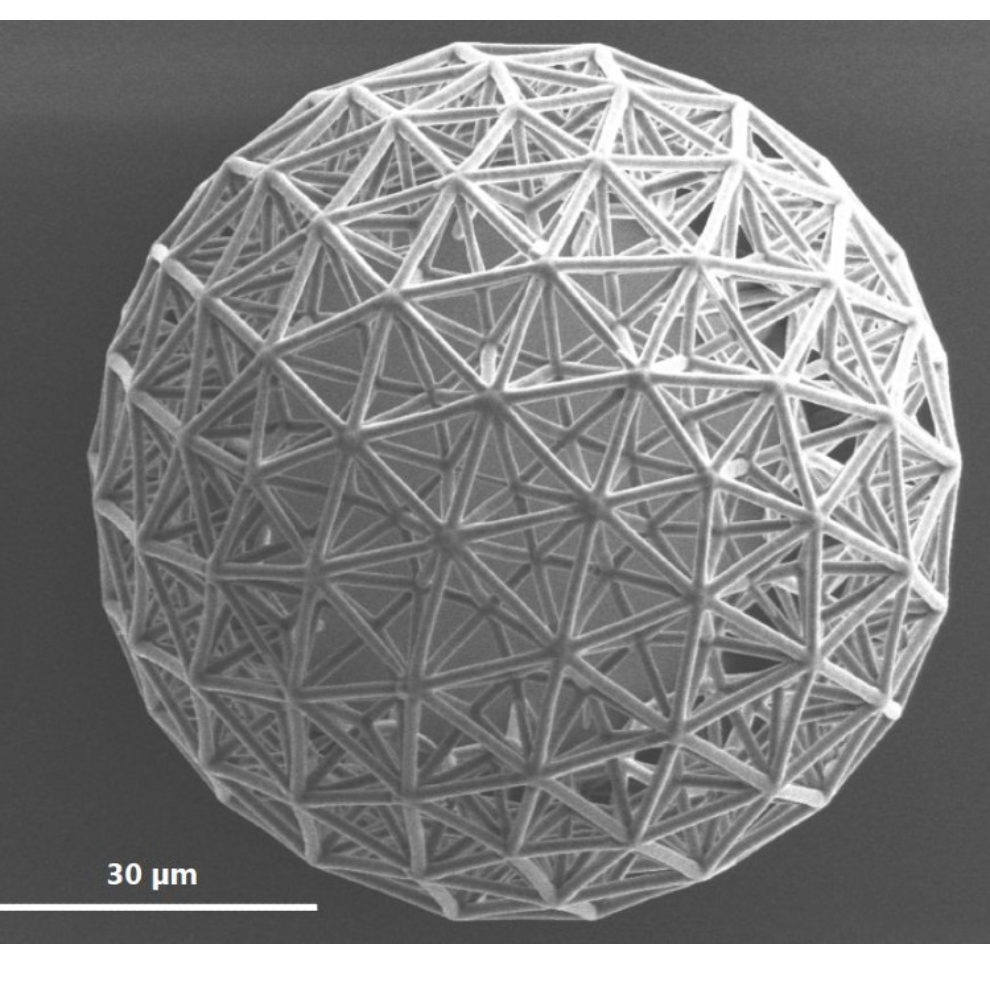漩涡发生器,喷射频率,占空比,以及相位等对气泡分离动力学的作用和影响研究
Vortex generator jets (VGJs) have proven to be effective in minimizing the separation losses on low-pressure turbine blades at low Reynolds numbers. Experimental data collected using phase-locked particle image velocimetry and substantiated with a hot-filmanemometer were used to answer fundamental questions about the influence of VGJs on a separated boundary layer. The data were collected on the suction surface of the Pack B blade profile, which has a non-reattaching separation bubble beginning at 68% axialchord. Two VGJ pulse histories were created with different frequencies, jet durations,and duty cycles. The mechanisms responsible for boundary layer separation control wereshown to be a combination of boundary layer transition and streamwise vortical structures. Jet duration and relaxation time were important VGJ characteristics in determining the extent of control. The unsteady environment characterisitic of the low-pressure turbine section in a gas turbine engine effectively reduces the time-averaged separation zone by as much as 35%. Upstream blade rows create unsteady flow disturbances (wakes) that transition the flow. This transitioned flow propagates downstream, re-attaching the separation bubbles on the subsequent blade row. Phase-locked PIV and hot-film measurements were used to document the characteristics of this separation zone when subjected to synchronized unsteady wakes and VGJs. The phase difference between VGJ actuation and the wakepassing, blowing ratio, and VGJ duration were optimized to achieve the greatest timeaveraged control of the separation zone. The experimental data were used to identify the important characteristics of the wake/jet interaction. Phase-locked PIV measurements were taken to isolate the wake event.
